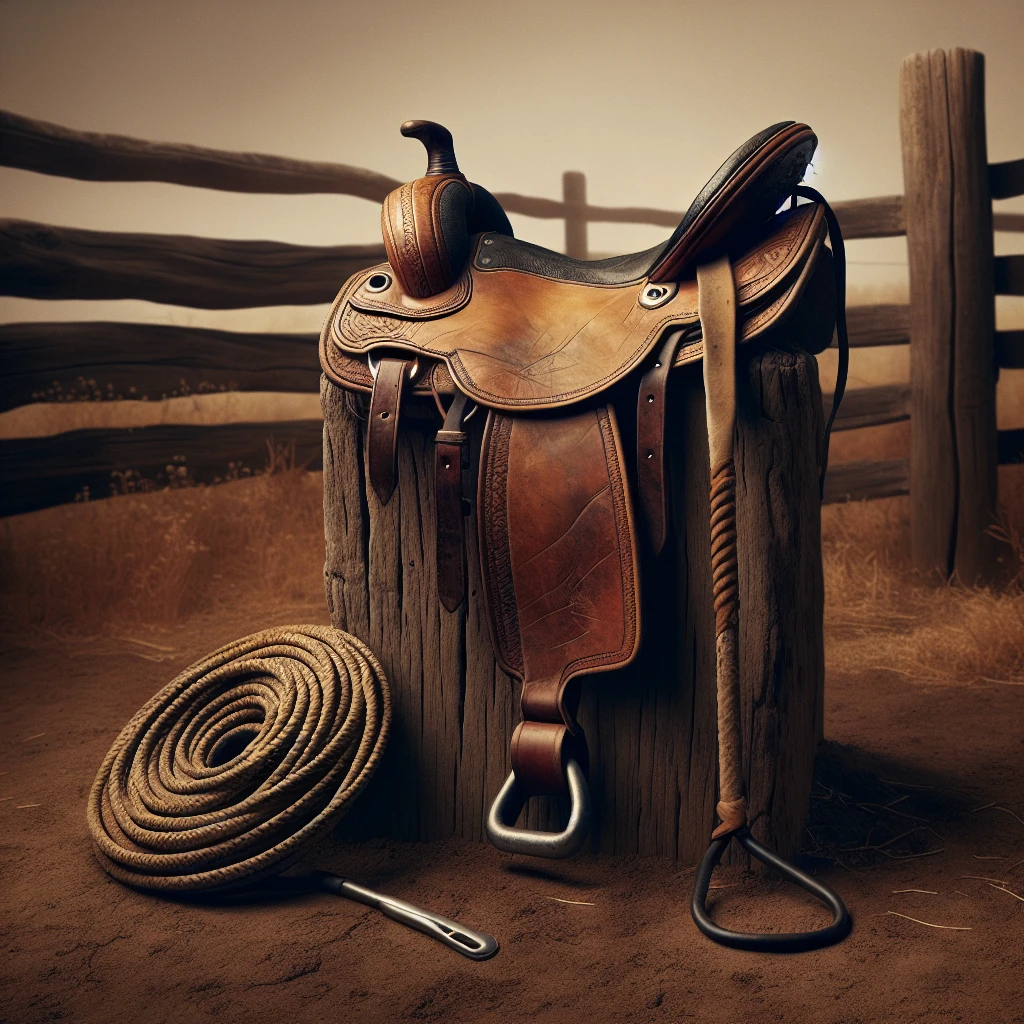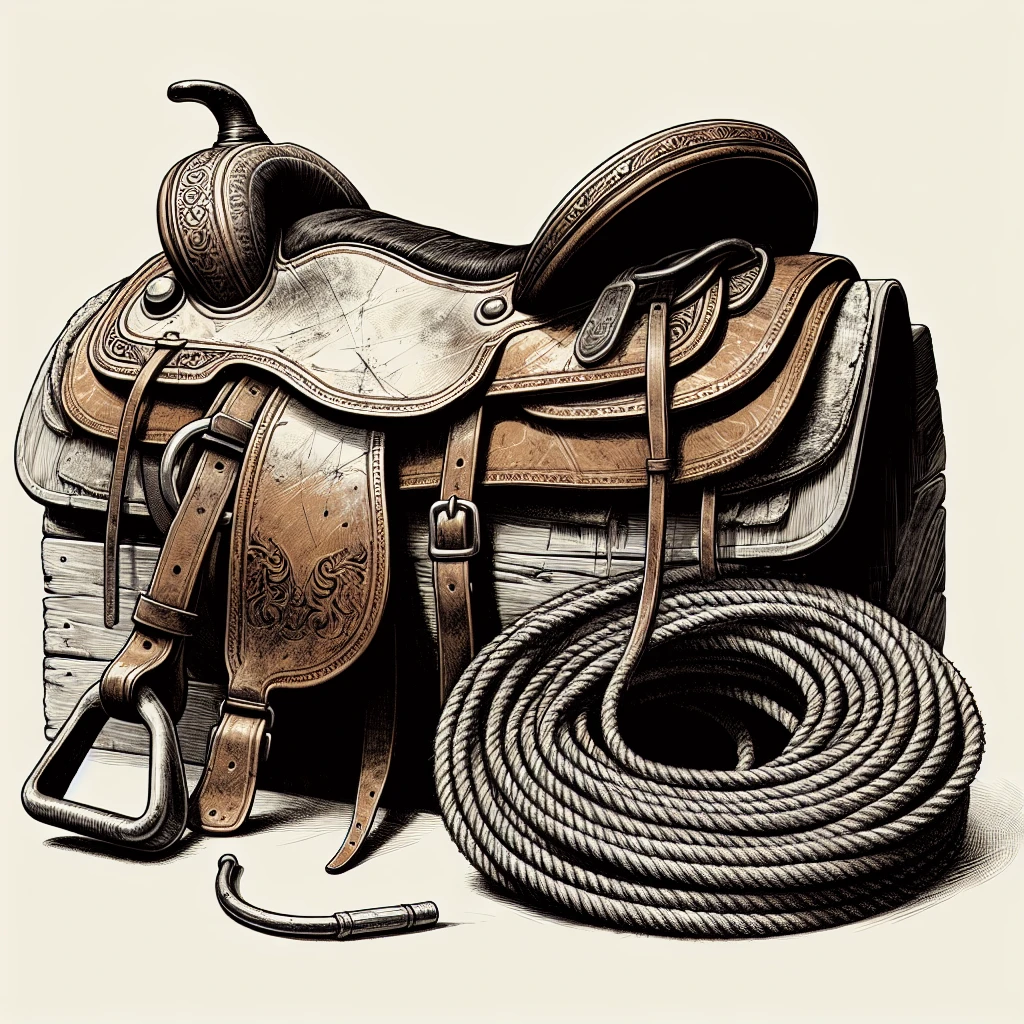Short Answer
Yes, “broke a horse” means the horse is safe to ride and well-trained in basic manners.
When a horse is referred to as “broke”, it means that the horse is safe to ride and well-trained in basic manners.
The history of horse breaking dates back to around 2500-2000 BC, with evidence of changes in the size and variability of horses during that time.
Check out this Youtube video: “What is a green broke horse and how to get it broke.” It’s an informative and fascinating look into the world of horse training!
Key Takeaways on Broke a Horse
-
Understanding the horse’s behavior is crucial in the preliminary stages of breaking a horse.
-
The natural horsemanship approach emphasizes building trust and cooperation, while traditional training methods focus on obedience and control.
-
Recognizing the progress of breaking a horse involves observing the incremental stages that lead to a fully broke horse.
-
Achieving a fully broke horse requires consistent training and reinforcement of learned behaviors.
-
The journey towards achieving a fully broke horse involves establishing control, improving response to cues, accepting commands, mastering dressage, and consistently reinforcing positive behaviors.

Initial Preparation for Breaking a Horse
When it comes to breaking a horse, the initial preparation is crucial to ensure a successful training process. Understanding the horse’s behavior is the first step in this journey. Horses communicate largely through body language, and it is imperative to comprehend their signals to establish effective communication. By observing the horse’s posture, expression, and movements, a trainer can gain important insights into the horse’s state of mind and emotions. It’s equally essential to recognize the subtleties in the horse’s body language to forge a strong and trustworthy bond.
Establishing trust and respect forms the foundation of a fruitful relationship between the trainer and the horse. This begins with creating a comfortable environment for the horse, where it feels encouraged to exhibit desirable behavior and restrained from engaging in unfavorable conduct.
By employing ethical and kind training methods, trainers can earn the horse’s respect and foster a reciprocal sense of trust. Consistency, patience, and positive reinforcement are essential elements in this process, as they contribute to the development of a harmonious partnership with the horse.
In essence, understanding the horse’s behavior and effectively establishing trust and respect are pivotal in the preliminary stages of breaking a horse. This lays the groundwork for a successful and mutually beneficial training journey, ensuring a strong rapport between the trainer and the horse.
| Behavior Understanding Tips |
|---|
| 1. Observe body language closely |
| 2. Pay attention to posture and expressions |
| 3. Learn to interpret subtle cues |
| 4. Consider emotions displayed by the horse |
| 5. Create a comfortable environment for the horse |
| 6. Utilize ethical and gentle training methods |
| 7. Foster respect and trust through consistency |
| 8. Practice patience and positive reinforcement |

Breaking Methods
When it comes to breaking a horse, there are two main approaches that have been employed – the natural horsemanship approach and the traditional training methods. Both methods have their own sets of principles and techniques that are used to establish a bond with the horse and train it effectively.
Natural Horsemanship Approach
Natural horsemanship is based on the principle that horsemanship is a natural phenomenon and focuses on understanding and working with the horse’s natural instincts and behavior. The approach emphasizes making no assumptions and prioritizes clear and effective communication between the horse and the trainer.
It involves establishing trust and developing a partnership with the horse through gentle and non-coercive methods.
The natural horsemanship approach also focuses on principles such as respect, trust, and understanding. It involves techniques that are grounded in establishing a deep understanding of the horse’s psychology and learning to communicate with the horse using body language, voice commands, and subtle cues.
This approach aims at creating a willing and cooperative partnership between the horse and the trainer, without relying on force or intimidation.
Natural horsemanship is about building a solid foundation of trust and mutual respect between the horse and the trainer, allowing for a harmonious and cooperative training experience.
Traditional Training Methods
On the other hand, traditional training methods have often employed punishment-based techniques such as the traditional horse breaking. These methods rely on force, coercion, and dominance to train and control the horse.
Traditional methods are often rooted in the use of pressure and release, which can involve physically demanding and harsh training strategies.
In contrast to natural horsemanship, traditional training methods often prioritize obedience and control over building a partnership with the horse. These methods may use harsh bits, whips, and other equipment to compel the horse to comply with the trainer’s commands.
Natural horsemanship focuses on building a cooperative and understanding relationship with the horse, while traditional training methods may rely on dominance and punishment to achieve obedience and control.
| Approach | Focus |
|---|---|
| Natural Horsemanship | Building trust and cooperation |
| Traditional Training Methods | Emphasizing obedience and control |
Stages of Brokenness
Recognizing the progress
When it comes to recognizing the progress of breaking a horse, it’s crucial to understand the incremental stages that lead to a fully broke horse. Initially, the horse’s response to basic groundwork signals the beginning of the break-in process.
It involves establishing fundamental control over the horse’s movement and behavior on the ground, which sets the foundation for further training.
As the training progresses, the horse’s ability to respond to cues and instructions becomes more evident. This can be observed through its improved behavior and cooperation during training sessions.
Gradually, the horse starts displaying signs of adaptation and understanding of the training, reflecting the progress made in the breaking process.
One key indicator of progress is the gradual acceptance of commands and cues from the trainer. This signifies the growing trust and willingness of the horse to cooperate and engage in the training process.
Additionally, observable improvements in the horse’s demeanor, responsiveness, and obedience demonstrate the advancements made towards achieving a fully broke horse.
Achieving a fully broke horse
Achieving a fully broke horse entails reaching a stage where the horse exhibits a high level of responsiveness, obedience, and adaptability to various commands and cues. This stage signifies the culmination of the breaking process, where the horse has undergone comprehensive training and development, resulting in a well-behaved, disciplined, and reliable equine partner.
A fully broke horse demonstrates exceptional proficiency in basic dressage, showcasing advanced control and coordination in its movements and responses. It signifies the successful integration of the horse into riding or performance activities with remarkable obedience and cooperation.
Moreover, thorough consistency in training and reinforcement of learned behaviors is essential to achieve a fully broke horse. This involves maintaining a structured training regimen, reinforcing positive behaviors, and gradually refining the horse’s skills and responsiveness to reach the desired level of proficiency.
To illustrate the journey of achieving a fully broke horse, consider the following breakdown of the key stages:
| Stages | Description |
|---|---|
| Ground control | Establishing control over the horse’s locomotion and behavior on the ground |
| Response to cues | Observing the horse’s improved response and adaptability to training cues |
| Acceptance of commands | Evident acceptance and compliance with commands and cues from the trainer |
| Proficiency in dressage | Mastery of fundamental dressage, showcasing advanced control and coordination in movements |
| Consistent reinforcement | Sustained training efforts and reinforcement of positive behaviors for skill development |
In culmination, achieving a fully broke horse involves a comprehensive training approach focused on developing the horse’s responsiveness, obedience, and proficiency in various activities, ultimately leading to a harmonious partnership between the horse and the trainer or rider.

Conclusion
The process of breaking a horse requires a deep understanding of the horse’s behavior and the establishment of trust and respect. By observing the horse’s body language, creating a comfortable environment, and employing ethical training methods, trainers can lay the foundation for a successful training journey.
Whether using the natural horsemanship approach or traditional training methods, the focus remains on building a cooperative and understanding relationship with the horse.
Furthermore, recognizing the progress of breaking a horse involves observing the incremental stages that lead to a fully broke horse. From the initial response to basic groundwork to the horse’s acceptance of commands and cues, each stage signifies the development of trust and obedience.
Achieving a fully broke horse requires consistent training and reinforcement of learned behaviors, resulting in a well-behaved and reliable equine partner.
In essence, breaking a horse is a gradual and comprehensive process that culminates in the horse exhibiting a high level of responsiveness, obedience, and proficiency in various activities. The journey towards achieving a fully broke horse involves establishing control, improving response to cues, accepting commands, mastering dressage, and consistently reinforcing positive behaviors.
This ultimately leads to a harmonious partnership between the horse and the trainer or rider, reflecting the success of the breaking process.
